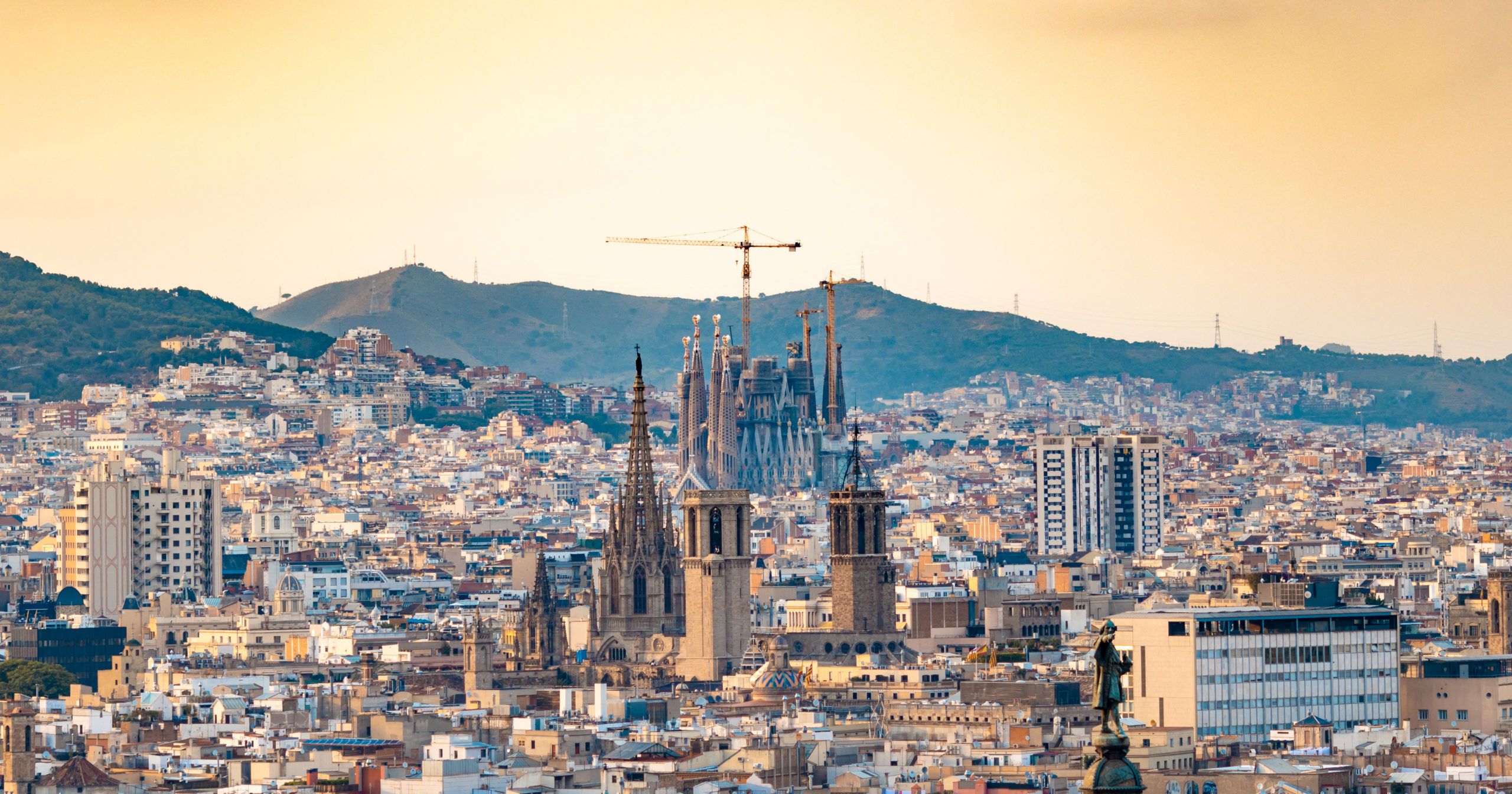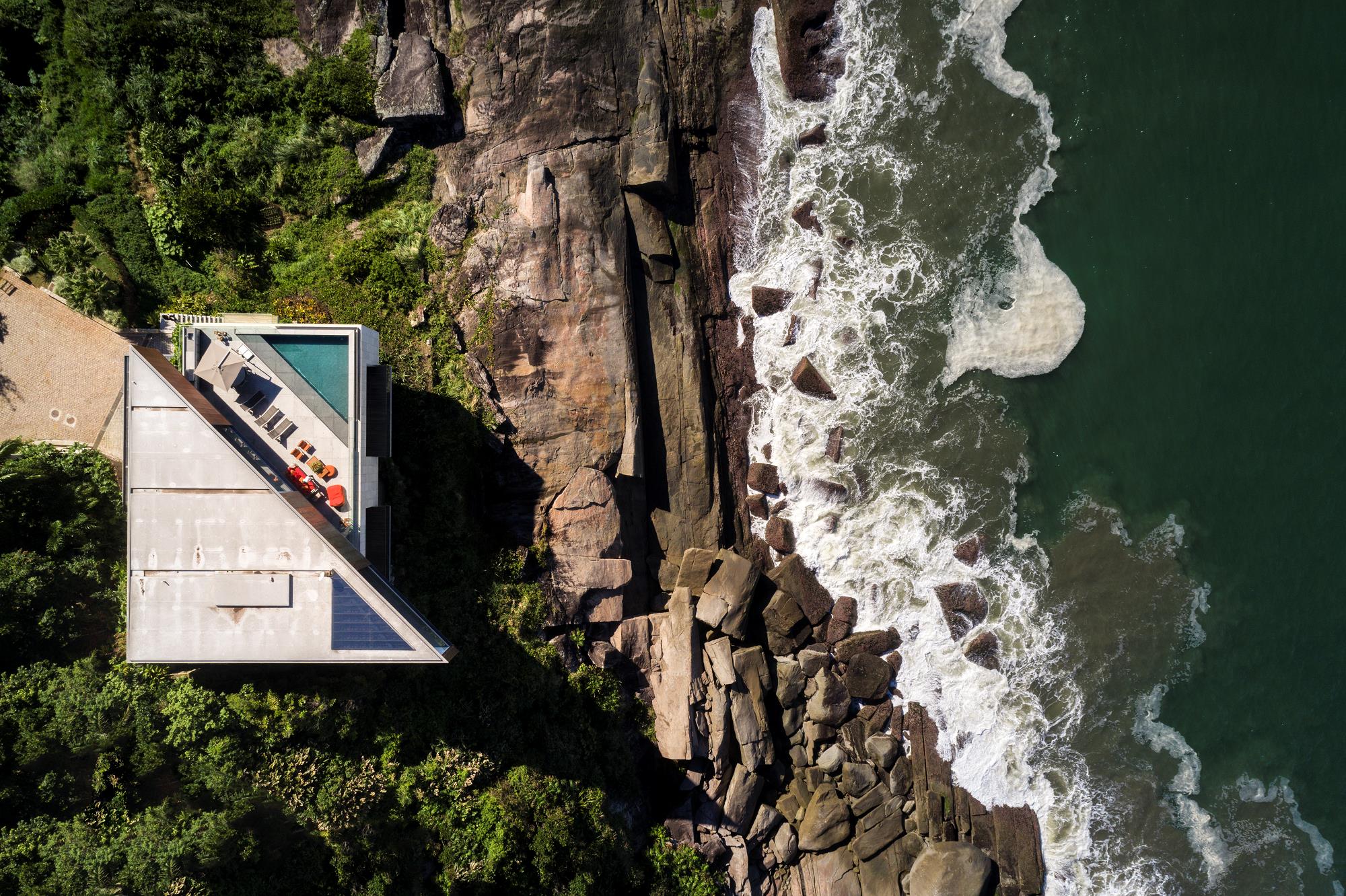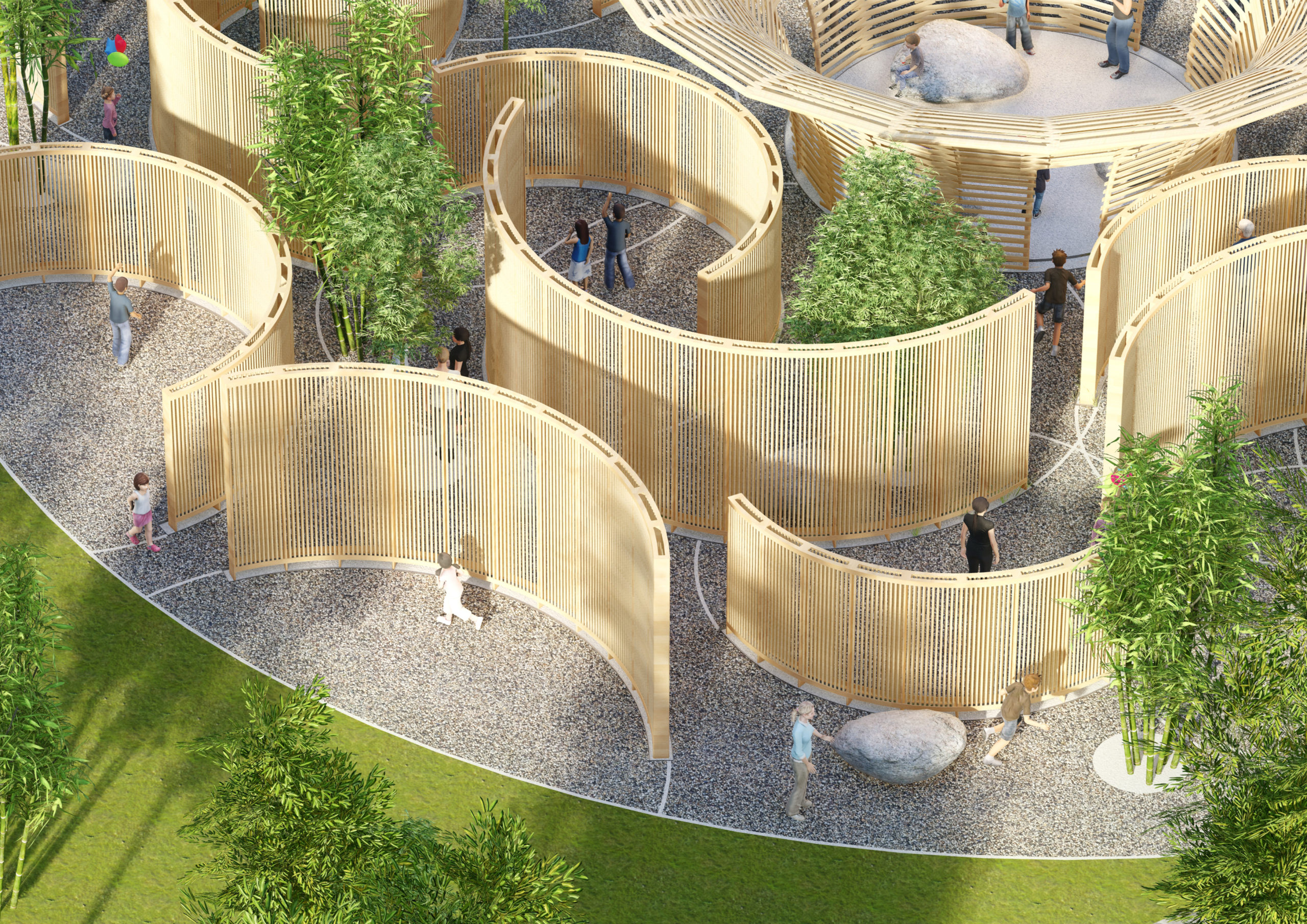Architects: Want to have your project featured? Showcase your work by uploading projects to Architizer and sign up for our inspirational newsletters.
The star-lighting event of Sagrada Familia on Dec 8, 2021 announced the completion of one of its 18 towers, the tower of the Virgin Mary. Since the first cornerstone laid in 1882, the construction of this other-wordly church — famously attributed to Antoni Gaudí, although a number of architects have been involved in the design — has continued for 139 years already. However, the finishing date of the whole project is likely to be extended beyond the expected date of 2026, due to a loss of tourist revenue during its nine-month closure in 2020 due to the pandemic.
This is not the first crisis that Sagrada Familia has confronted, given that it also faced a prolonged pause in construction during the Spanish Civil War in the 1930s. Apart from the financial and socio-historical factors, the complexity of the design itself has also contributed to the church’s high cost in time and money — even now, with modern construction technologies. While 139 years might sound like an unbelievably drawn out timeline in contemporary architectural contexts, the Sagrada Familia’s prolonged construction is not unprecedented in the architectural history of churches; in fact, many earlier Gothic structures took centuries longer to build. While Barcelona’s most famous structure may not serve as the bishop’s seat, this article considers three famous Gothic cathedrals that took many more centuries to build.
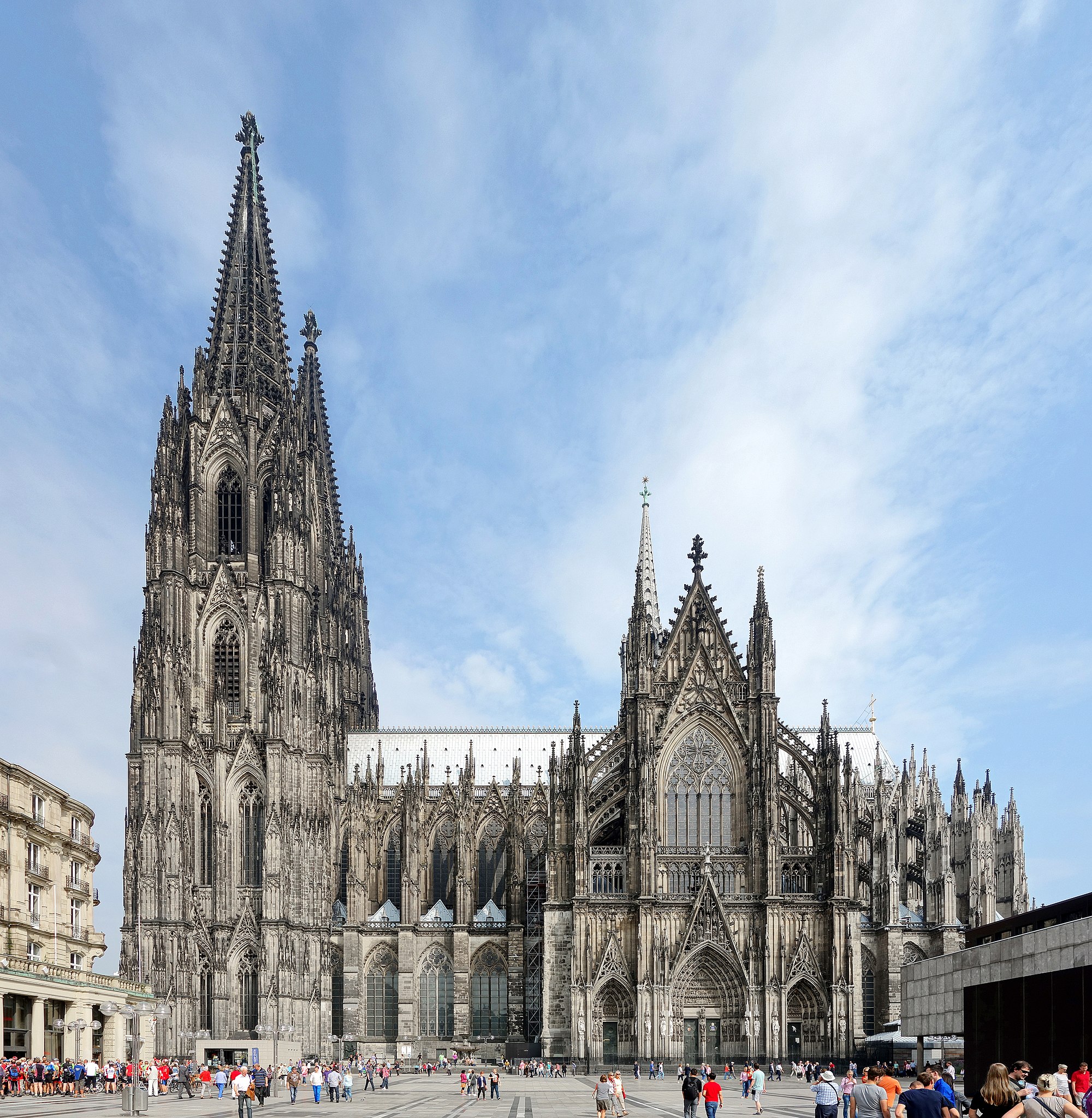
The south façade of Cologne Cathedral. Image by Velvet via Wikipedia.
632 Years: Cologne Cathedral (1248~1880)
Now a popular site to visit in Germany, this gargantuan gothic structure took more than 600 years to finish. At the time when the construction began, gothic architecture has just gained its popularity in medieval Europe. Cologne required an impressive, new structure to house the relics of the Three Wise Men, thus establishing the city’s importance to European Christianity. After demolishing the extant Romanesque style cathedral on the site, the construction was pushed forwards smoothly for some 200 years, with service areas including the choir finished and the structure soon in use.
The construction ceased in the 16th century due to financial roadblocks and a general decrease in enthusiasm for the gothic aesthetic. The cathedral was therefore not completed until the Gothic Revival period of the 19th century. Faithfully following the original design, construction was restored, and when the building was finally finished in 1880, it became the tallest structure in the world, with both towers exceeding 515 feet (157 meters).
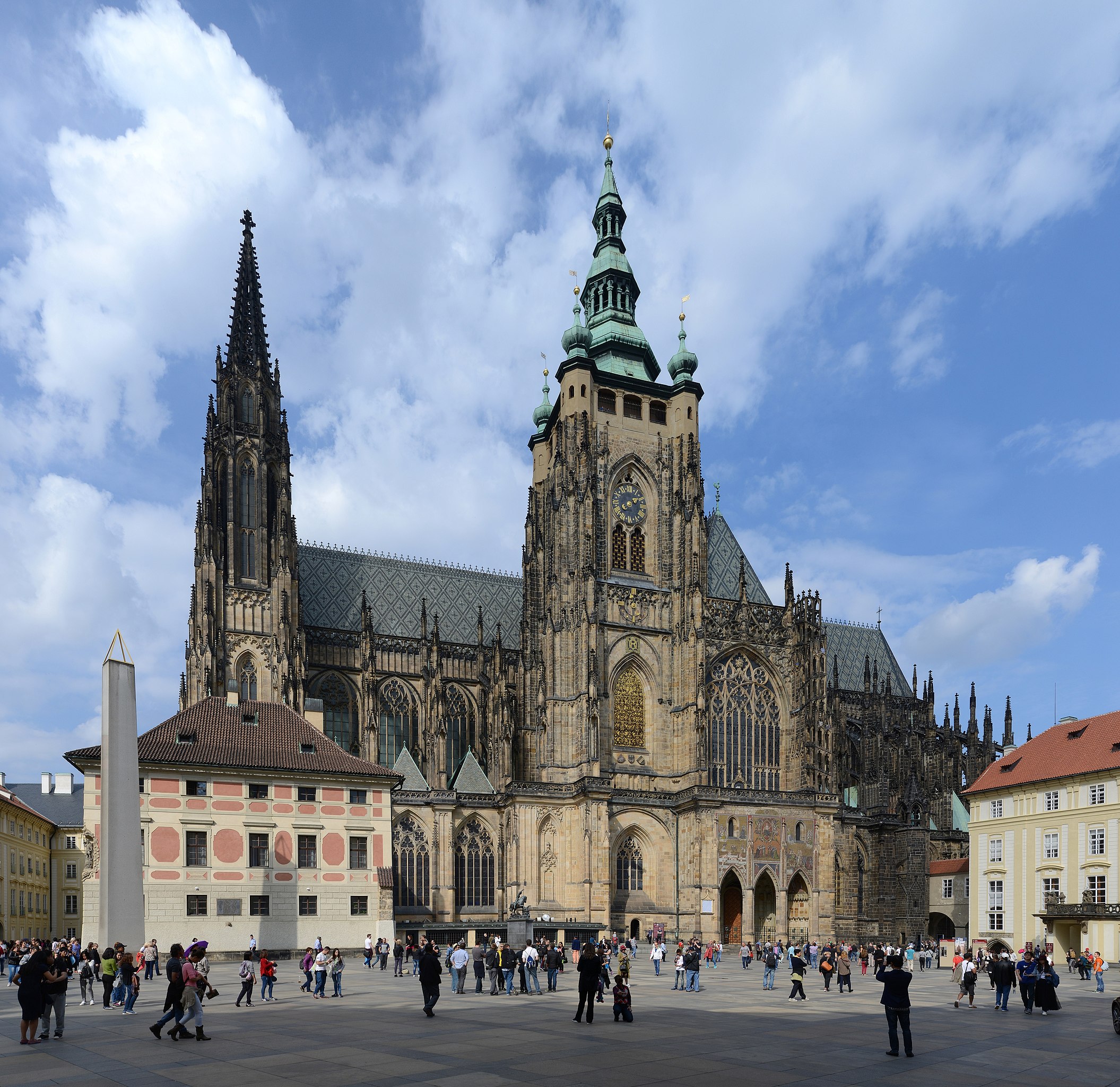
St. Vitus Cathedral. Image by Alvesgaspar via Wikipedia.
585 Years: St. Vitus Cathedral (1344~1929)
Another iconically intricate piece of gothic architecture, St. Vitus Cathedral in Prague also took around six centuries to build. The story of St. Vitus Cathedral holds some similarities to that of Cologne Cathedral. St. Vitus Cathedral also had a Romanesque precedent, which was considered unsuitable after the religious relics that it held acquired elevated importance. Likewise, the fashionable gothic architecture of the time was chosen to replace the older and more simple cathedral. The construction continued seamlessly for about 70 years until the Hussite Wars brought it to a halt in the early 15th century. Although it is of a considerably smaller size than Cologne Cathedral, the complexity and the expensive nature of gothic architecture meant that only half of the cathedral was complete before the wars began, including a choir, chapels and a bell tower which accommodates the largest bell in Czech.
Moreover, a fire in 1541 severely damaged the half-built structure, meaning that there was even more work to do. Unlike the Cologne Cathedral, whose gothic aesthetics was strictly preserved, as the construction continued in the following centuries, the building accumulated Renaissance and Baroque elements. This is seen, for example, in the Baroque cap on the bell tower. Mass restoration began in the late 19th century, finishing up the western part of the building in a neo-gothic style.
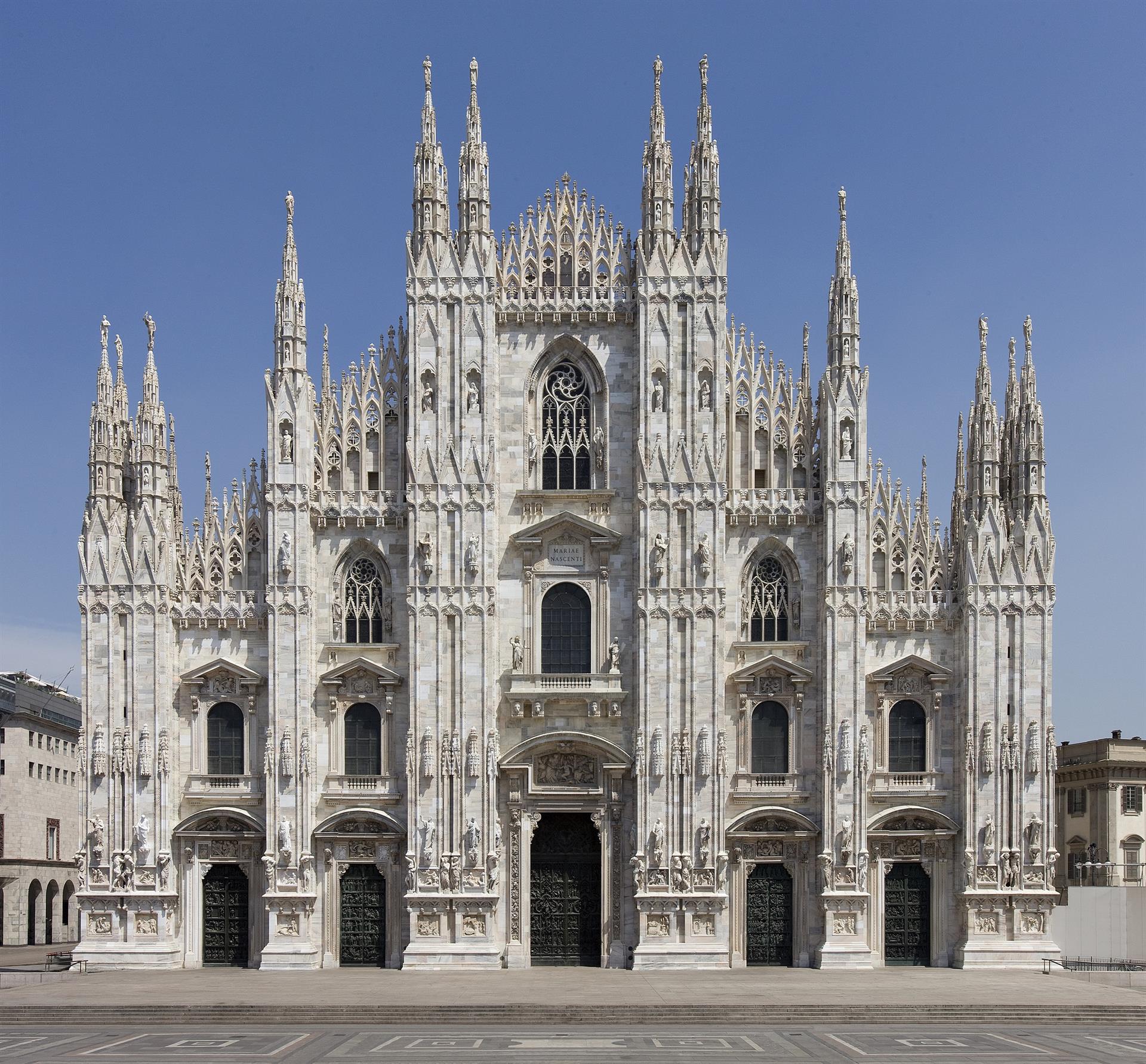
The front façade of Milan Cathedral. Image via Duomo di Milano official site.
579 Years: The Milan Cathedral (1386~1965)
No conversation about the complexity of Gothic architecture is completed without mentioning the Duomo di Milano, whose complicated (at times dramatic) construction history is as famous as its complex aesthetics. The cathedral has 135 spires and over 3,300 statues, forming facades of visually astonishing complexity that follow an intense rhythm. Its building period spanned across the 14th century to the 20th, consuming almost the same years as St. Vitus Cathedral.
However, unlike Cologne and St. Vitus, the construction of Duomo di Milano was continuous over the six centuries, which has been extensively documented in a chronological list of the architects and engineers in charge. Different master masons held different ideas and design preferences — both in terms of aesthetics and engineering — which also reflected changing construction trends. The original Gothic style design was altered in the 16th and early 17th century, adopting Renaissance elements on both the exterior and interior to emphasize the Italian nature of the cathedral (traditional Gothic elements were increasingly associated with Northern Europe).
One obvious piece of evidence is the front façade that we see today, where the windows present a clear mixture of styles between the upper and lower layers. Apart from diverting ideas from one leading architect to the next, the choice of material also contributed to prolonged construction. Due to its soft and reactive nature, the rose-colored marble requires constant maintenance during the whole construction process and even after completion.
Architects: Want to have your project featured? Showcase your work by uploading projects to Architizer and sign up for our inspirational newsletters.
